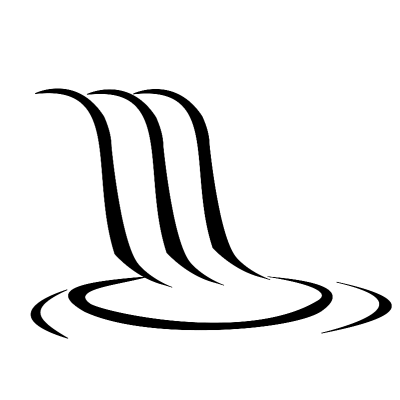When you’re on the massage table, your mind should be drifting as the cares of your week get rubbed away and your muscles are soothed. That’s the optimal experience. But it doesn’t always turn out this way.
Using your words with a massage therapist can mean the difference between having a soothing, rejuvenating experience and paying for an hour of mild torture.
Not all therapists are perfectly suited to every person. All our therapists make an effort to listen carefully and are sensitive to cues that may indicate you’re not having a good experience. They’ve been trained to read your body like a book.
Having said that, your massage therapist isn’t a mind reader. You need to talk to them about your experience at every stage in order to ensure you’re having the best possible experience.
From the beginning
Before you’re left to disrobe to your comfort level and situate yourself under the sheets, your therapist will ask you what you want worked on, and what areas are troubling you most.

This is also a time to express your personal preferences. Is there something you’ve found you really like in a massage? Maybe you really like your head and face worked on. Maybe your feet are sensitive and you want them worked through the sheets. Say so at the beginning! Speaking up early allows your therapist to customize your experience and plan the time of your session so that you have the best possible experience.
Awkward
While your therapist is working on you, keep the lines of communication open. If something isn’t going the way you’d like, say so! The therapist is more than willing to accommodate what their clients want. Yet so few people speak up. Maybe they’re afraid of saying the wrong thing and hurting someone’s feelings. Maybe they think that it would be a bad time to bring it up.
That couldn’t be more wrong. Your massage therapists will not be offended if you speak up and politely let them know you need your experience to change.
For example, saying something like:
“Could you use a little more/less pressure there, please?”
or
“That stroke is really starting to chafe. Do you think you could change it up?”
…these are things your therapist wants to hear!
Far from creating an awkward feeling in the massage, your therapist will be relieved to know what they need to do to serve you best.
What’s really awkward is saying nothing in the name of being nice, all while inwardly cringing as you wonder how much time is left … on a massage you’re paying for!
If what your therapist is doing just isn’t working, you do yourself and them a favor by saying so.
Chit chat
There’s also nothing wrong with a little conversation on the massage table. If a little small talk on the table would help you enjoy your massage, our threapists will be happy to oblige.
If, however, you prefer to enjoy the music, the ambient sounds, or the mystery of silence, that’s perfectly fine, too. It’s your massage, so do yourself a favor and let us know what we can do to make it great.
What should be said when all is done?
After your session, there are still more opportunities to communicate with your therapist. It’s always nice to say thank you. Our therapists love to hear a sincere compliment or kind word about their work.
If you’ve been worked on by someone you’re planning to see again, let them know what you liked about your session and what maybe could have been better. Your massage therapist is required by law to make notes on what was done in each massage, and they consult these notes when you come back for another visit, even if you had someone else work on you previously.
Your verbal feedback can be crucial. This gives your therapist the opportunity to make a note of your feedback, which will help ensure you have a good experience in the next session.
We don’t bite
Our therapists are friendly and open to feedback or constructive criticism. You might feel more comfortable talking to your therapist if you do a little research on our site and get to know them before you come in. Not only do we have brief biographies on our website, we also have published interviews with each of them on this blog.
So, next time you come in, do yourself a favor–be ready to open up and let us know what we can do to make your massage a memorable one.
Tom Gunn is the marketing director and blog editor at The Good Life Massage. You can follow him on Twitter @tomgunnpoet.









